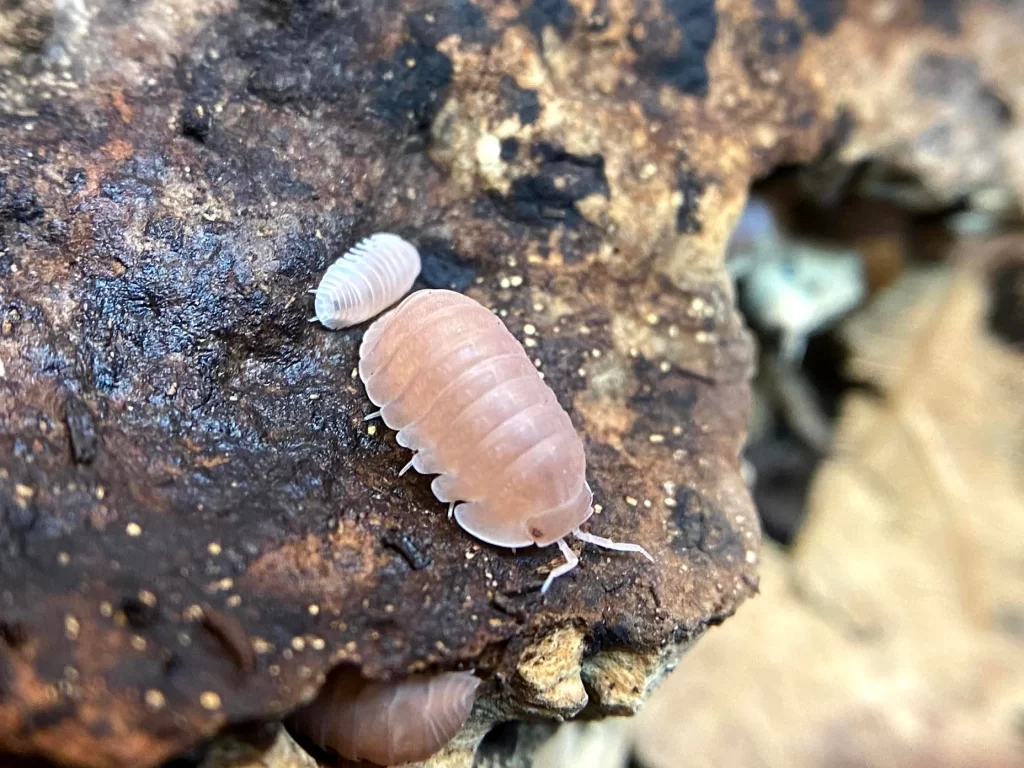Cubaris murina, often referred to as the Papaya isopod, is a captivating species that has recently garnered attention among terrarium hobbyists and enthusiasts of exotic pets. Native to Southeast Asia, particularly the tropical forests of Malaysia, these isopods are known for their striking coloration and unique appearance. The Papaya isopod features a vibrant palette of orange, yellow, and brown hues that mimic the colors of a ripe papaya, making them not only fascinating creatures to observe but also visually appealing additions to any terrarium setup. Their distinctive coloration is complemented by a smooth, glossy exoskeleton that reflects light, enhancing their beauty within a habitat. In addition to their aesthetic qualities, Cubaris murina plays a vital role in maintaining a healthy terrarium ecosystem. As detritivores, these isopods contribute to the decomposition process by breaking down organic matter, such as fallen leaves and decaying plant material.

This natural recycling helps create a nutrient-rich substrate that benefits the growth of plants in the terrarium. Moreover, their activities aerate the soil, promoting a healthier environment for both flora and fauna. This symbiotic relationship between the Papaya isopods and the terrarium ecosystem makes them an excellent choice for hobbyists looking to create a balanced and sustainable habitat. Caring for Cubaris murina is relatively straightforward, making them suitable for both novice and experienced terrarium enthusiasts. They thrive in warm, humid environments that mimic their natural habitat. A substrate composed of coconut coir, leaf litter, and a bit of soil provides an ideal home, as it retains moisture and offers plenty of hiding spots. It is essential to maintain humidity levels between 60% to 80%, as this species relies on moisture to breathe through their gills. Providing a shallow water dish and regularly misting the enclosure can help maintain the necessary humidity levels.
Additionally, Murina papaya isopods require a varied diet to thrive. They enjoy a mix of decomposing leaves, fruits, vegetables, and commercial isopod food, ensuring they receive the nutrients necessary for healthy growth and reproduction. One of the most alluring aspects of Cubaris murina is their social behavior. These isopods are relatively communal and can be kept in groups, adding a dynamic and lively element to the terrarium. Observing their interactions, as they scavenge and explore their environment together, can be a rewarding experience for hobbyists. Furthermore, breeding these isopods can be an exciting endeavor. Female Papaya isopods carry their eggs in a brood pouch, giving birth to live young rather than laying eggs, which is a unique characteristic among isopods. With proper care and conditions, hobbyists can witness the life cycle of these fascinating creatures firsthand. Cubaris murina, the Papaya isopod, offers terrarium hobbyists a unique blend of beauty, ecological benefits, and engaging behavior.